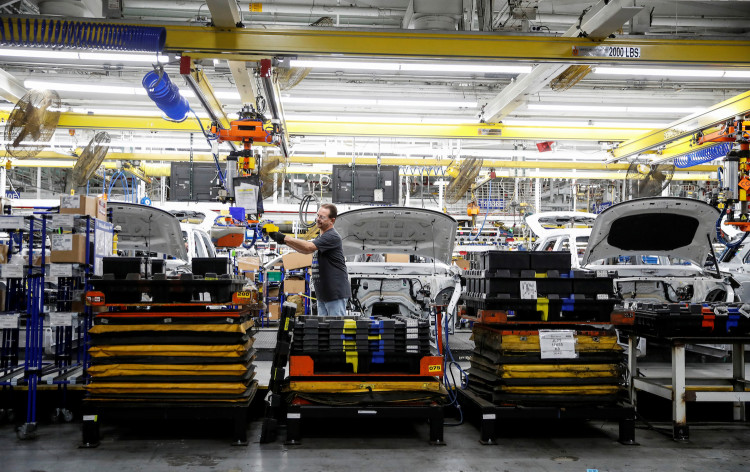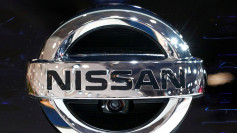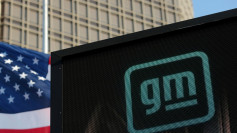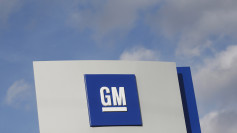In a ripple effect of the ongoing UAW (United Auto Workers) strike, Ford Motor Co. has ushered in a fresh wave of layoffs, further illustrating the interconnected dependencies of the auto industry.
As of Monday, an additional 67 employees from the Sterling Axle Plant in Sterling Heights received instructions from the automaker to remain off duty. This maneuver comes as the Sterling Axle Plant curtails the manufacturing of components originally intended for the Kentucky Truck Plant. The backdrop to this decision? Approximately 9,000 workers from the Kentucky plant, renowned for crafting vehicles like the F-Series Super Duty pickup, Ford Expedition, and Lincoln Navigator, have been on strike since October 11.
According to Ford, this recent workforce reduction at Sterling Axle escalates the total layoffs to 485 at this particular plant.
Speaking on the matter, Ford spokesman Dan Barbossa shed light on the complex intricacies of the auto production ecosystem, stating, "Our production system is highly interconnected. The UAW's targeted strike strategy consequently induces repercussions for facilities not in the direct line of work cessation."
In a broader overview, the UAW strike, now spanning six weeks, keeps the Detroit Three automakers on their toes, with ongoing negotiations. Recent data confirms Ford grappling with approximately 16,600 striking workers across factories in Michigan, Illinois, and Kentucky. Beyond this, over 3,167 layoffs related to the strike ripple across sites in Michigan, Illinois, and Ohio. With the strike's onset on September 15, the domino effect has not only impacted Ford but also General Motors and Stellantis.
The latter part of the previous week also saw Ford pulling the brakes on the employment of more than 360 additional workers. On Friday alone, 10 employees at the Rawsonville Components Plant in Ypsilanti Township, Mich., and a staggering 354 from the Sharonville Transmission Plant in Sharonville, Ohio, were met with layoffs. Cumulatively, since the genesis of the strike, Ford's layoffs have surged to 3,100, a consequence Ford labels as the "knock-on effect."
The union's perspective on this matter is underscored with an assertive tone. UAW President Shawn Fain didn't mince words while critiquing Ford. Responding to a speech by executive chair Bill Ford at the Rouge plant, Fain retorted, "Bill Ford portrayed a narrative of sustainability and competitiveness at the Rouge. His insinuation - economic justice for the workers might lead to plant closures. We don't take such comments lightly."
Fain, however, highlighted that strides in negotiations have been charted with both Stellantis and GM. Notably, since October 11, no new plants have been directed to strike under Fain's leadership. He also intimated a tactical shift: instead of earmarking Fridays for strike announcements, he would pivot to unveiling them when negotiations stagger.
This unfolding scenario delineates the profound impact of union strikes on the intricate lattice of the automobile sector, with reverberations felt far and wide.





